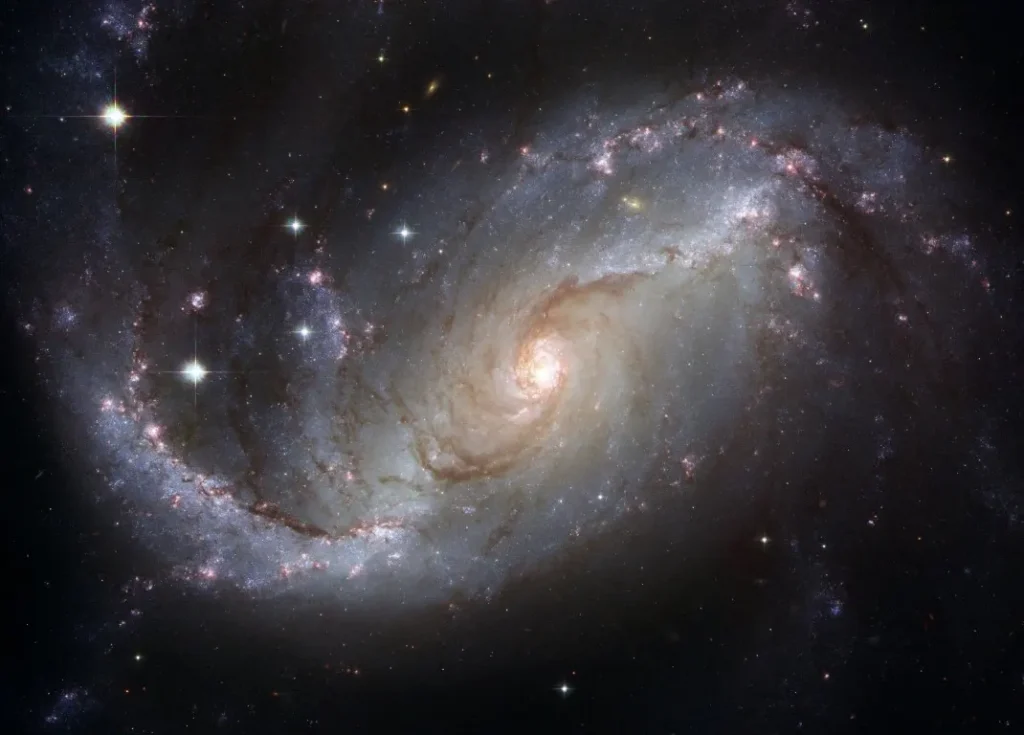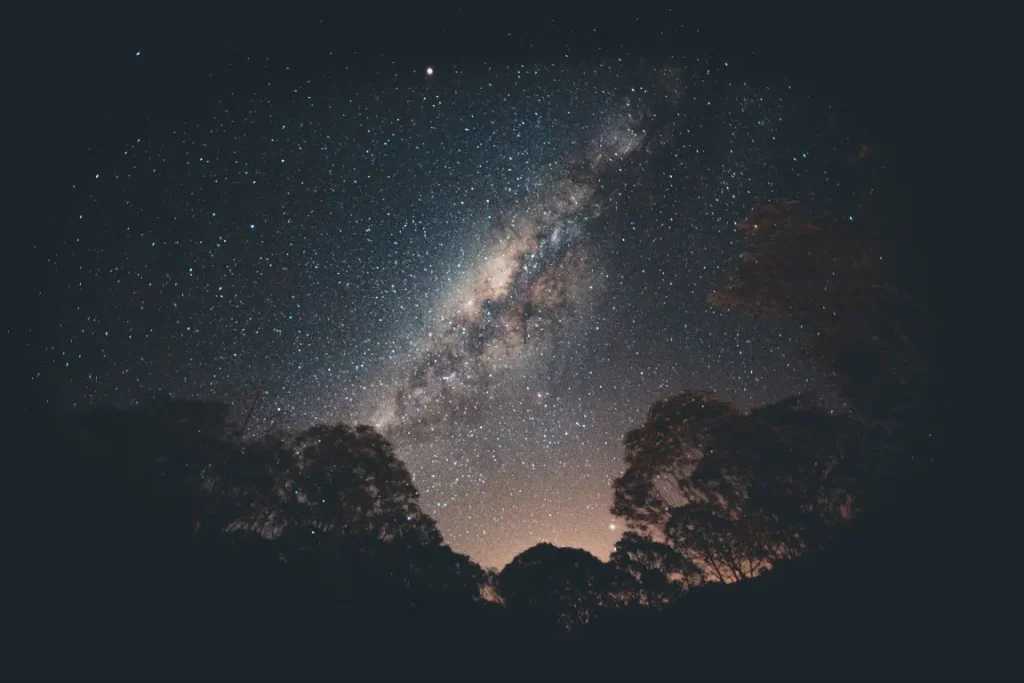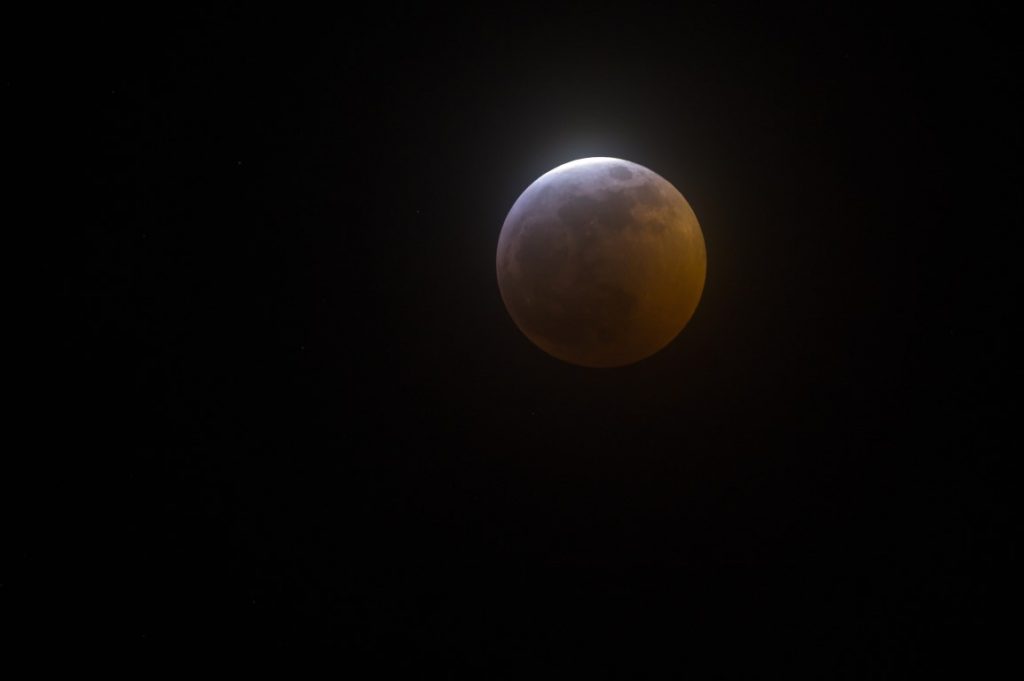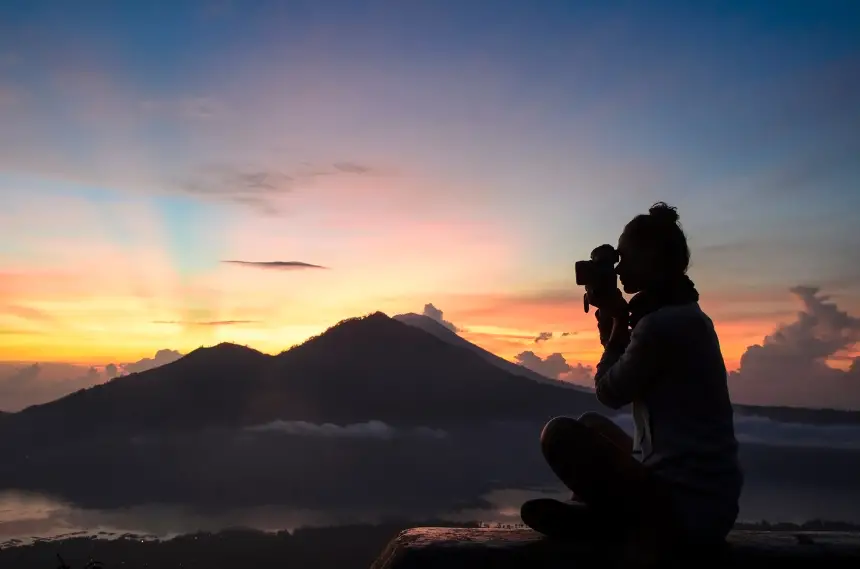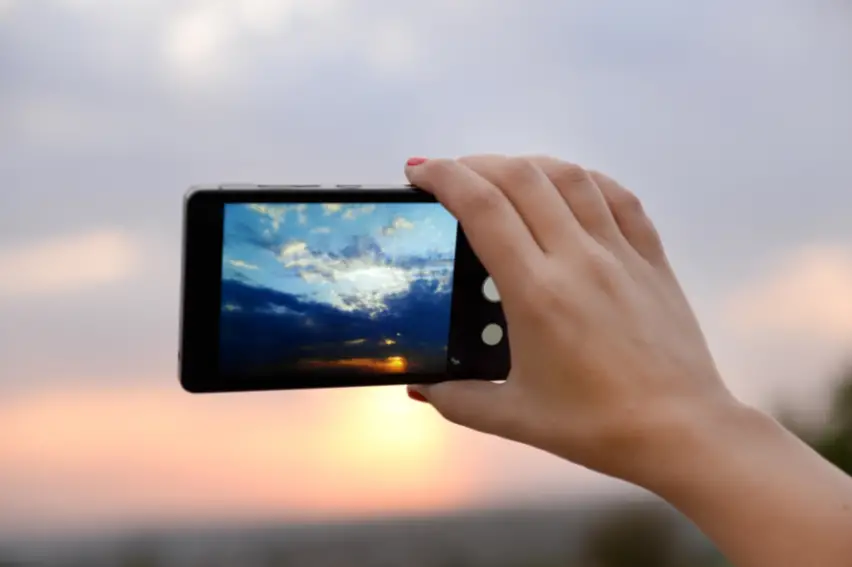
Unfortunately, there are no other smart phones that automatically stack, but there are applications that let you perform the stacking manually.
Both Senator for Windows and Starry Landscape Stacker for Mac are excellent choices.
How I Use My Phone For Astrophotography?
Stars are a more difficult subject to photograph for many camera phones because they lack sufficient brightness.
Get more idea by watching this video
Again, the best suggestion is to dive in and see what happens. Introducing a bright and silhouetted horizon may work well with the planets, but it will obliterate the fragile stars if the focus is off.
As long as your phone’s camera supports manual focus, utilizing an app that gives you complete control over the camera is the way to go.
A slider for adjusting the focus distance may be found in several applications if this is the case.
Practicing in the daytime on a distant object will help you determine where you are most excellent focus should be.
Finally, you will need a high sensitivity setting to get the camera’s focus precisely where it should be at infinity.
Many cameras will shut down at this point, allowing only low ISO and exposure settings to be used. Nonetheless, do not let this discourage you. Even each exposure requires the camera to remain stationary.
The tiny starlight you are attempting to catch will be transferred across the camera’s chip if you walk during the shoot, resulting in a less-than-ideal image. Inexpensive Smartphone tripod mounts are available, but you can also build your own using our instructions.
The results of star photographs might be disappointing and seem to be dimmer than they are. In some instances, expanding a picture in an editor might provide exciting results.
Camera phones may capture some recognizable images of the brighter constellations, as long as you do not expect to dive down to the faintest of stars.
Star trails will not bother you since your exposures will not be long enough. The ability of a phone camera to perform well in low light is put to the test while taking pictures of the night sky.
A DSLR may be a better option if you do not capture much information in the photographs you shoot since you’ve hit your camera’s maximum.
Best Phones For Astrophotography
With today’s smart phones; it’s possible to capture stunning images of the night sky.
There is a wide variety of camera options available on the most expensive smartphones, and many of these devices have the long-exposure capability.
However, which Smartphone should you get?
In this article, we will cover the most refined phones in astrophotography so you can take breathtaking pictures of the night sky, including the Moon and stars.
1. Samsung Galaxy S21 Ultra
The Samsung Galaxy S21 Ultra is the excellent phone for astrophotography. This phone has many features, including an excellent camera, that make it stand out.
It has a professional-grade camera with various lenses in the S21 Ultra. There are three back cameras and a front-facing camera on this device.
There are 108 MP in the primary camera, and the lens has a wide-angle focal length. The camera incorporates optical image stabilization (OIS) when photographing in low light.
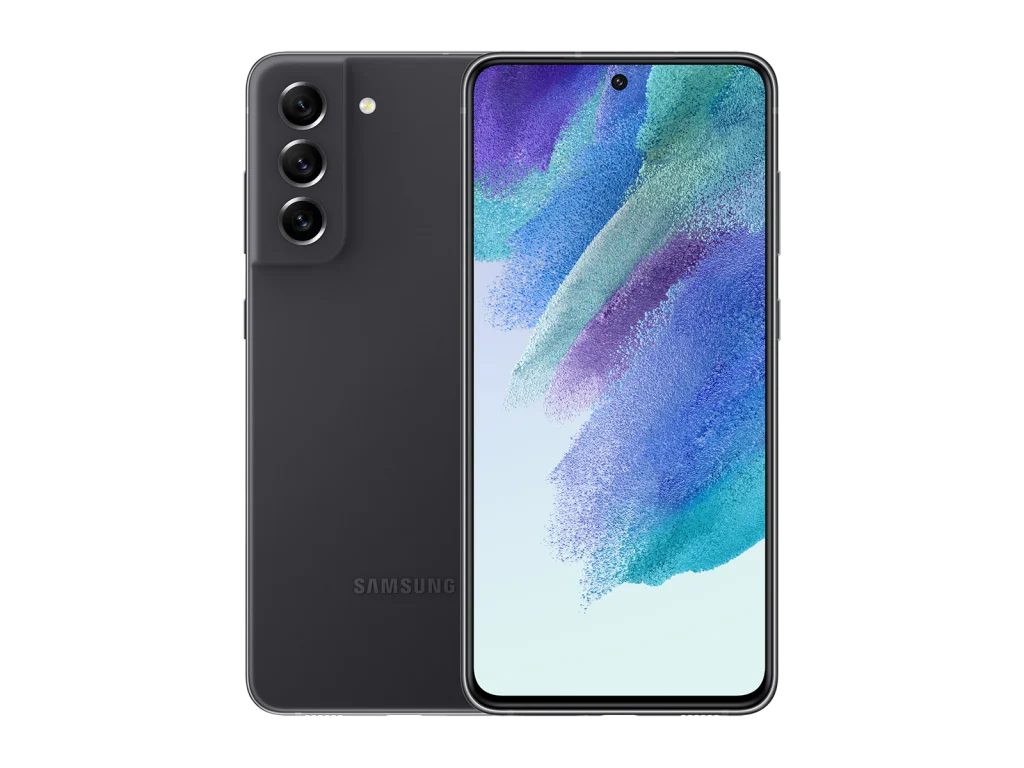
This Smartphone is excellent at low-light photography, and it is a terrific all-around choice for photography fans. An optical zoom of up to 10 xs is available on some additional cameras.
Excellent construction and performance make the S21 Ultra ideal for racing. You can use applications and navigate menus easily because of the Snapdragon 888 CPU.
When it comes to astrophotography, it’s hard to beat this system’s pro-level cameras and ultrafast performance.
2. Note 20 Ultra of Samsung Galaxy
When it comes to astrophotography, the Samsung Note 20 Ultra is a great choice, particularly if you are looking for a bigger and more business-friendly phone.
An 8-gigabyte memory card is included, and a Snapdragon 865+ CPU.
This simplifies the process of utilizing applications and enhances the camera’s functionality.
The Samsung Galaxy Note 19 Ultra has four cameras, but the finest one for astrophotography is the 108MP f/1.8 rear-facing camera.
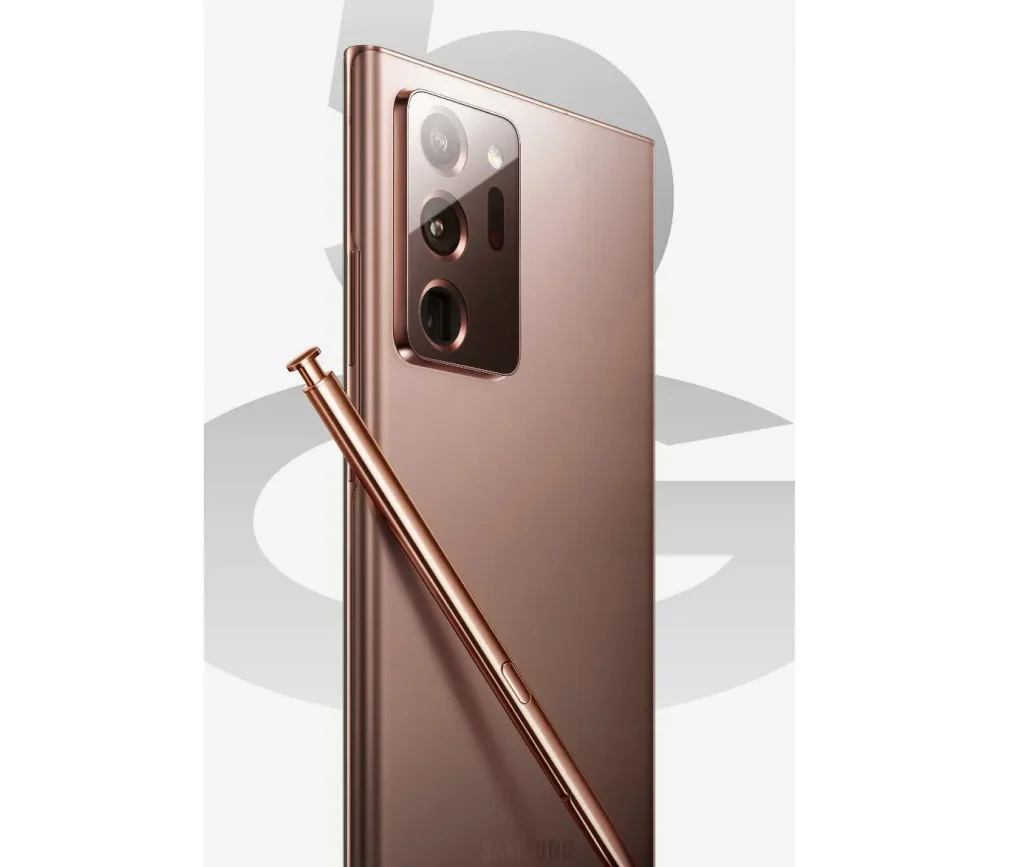
This lens includes a 26mm wide-angle focal length and a telephoto zoom. It is easy to take high-quality images of the Milky Way with this camera.
Also suitable for picture storage is this Smartphone’s extendable storage space of up to a terabyte (TB).
3. The New Iphone 12 Pro
Although the Iphone 12 Pro is less expensive than the Apple iPhone 13 Pro Plus, this Smartphone can take professional-quality images.
The 26mm and 13mm focal lengths of the wide-angle or ultra-wide cameras are ideal for astrophotography, allowing you to capture incredible detail in your night sky images.
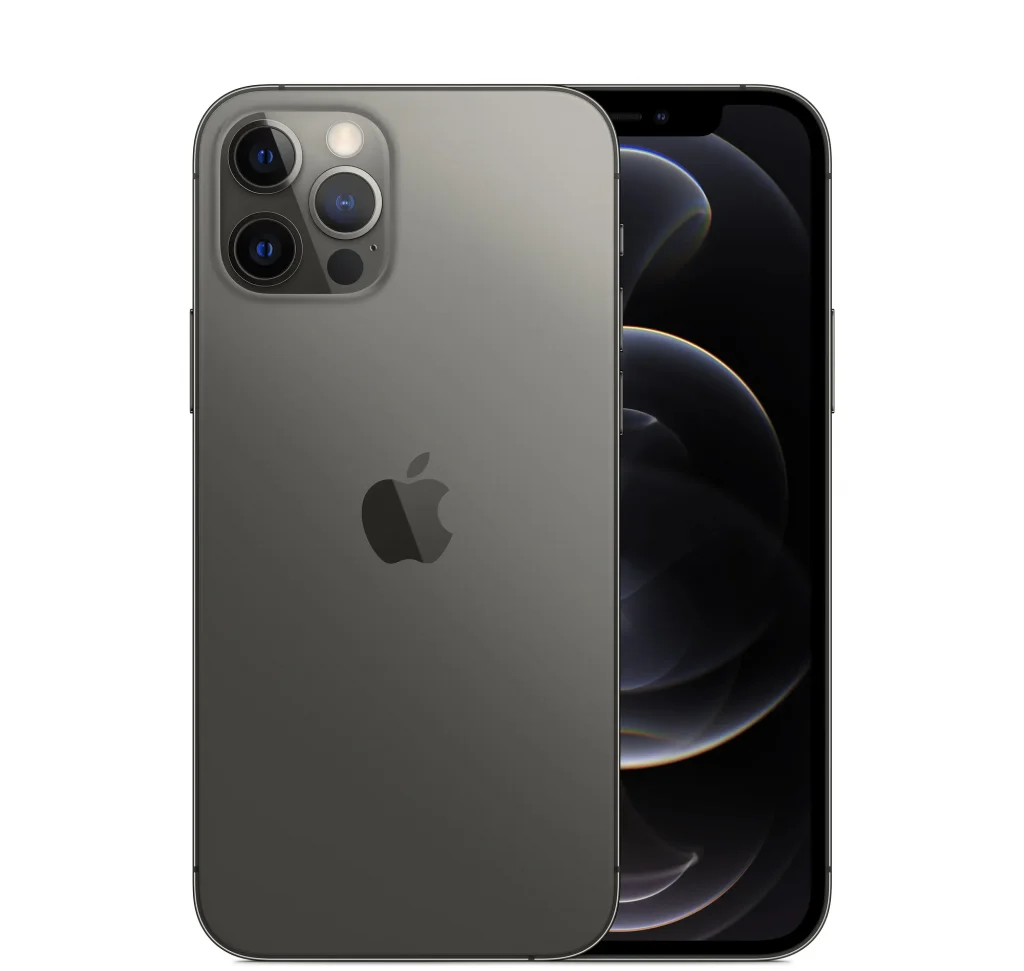
This Smartphone, such as the iPhone 13 Pro Max, includes a special night mode.
Astrophotography shots will benefit from this, as it will automatically select the best settings. The phone’s design is excellent, and the battery lasts along.
4. Google Pixel 5
Even if you have an older Google Pixel, you can still get an excellent phone.
For example, the phone Google Pixel 5 offers excellent nighttime photography capabilities. Pixel 5 has a 16 MP super-duper camera on the back and an 8 MP wide-angle camera.
27mm focal length and a maximum aperture of f/1.7 are available on the wide-angle camera’s lens.
The lack of a telephoto lens on the Pixel 5 should not affect your astrophotography. Using Google’s Night Sight mode, the phone is excellent at taking low-light images.
Using the Night Sight option automatically lets you take long-exposure photos in low-light situations (if your camera’s settings are configured to do so).
Best Gadgets Need To Do Astrophotography Using Your Mobile Phone
1. Smartphone’s With Zoom Lenses
Zoom lenses, which were formerly readily accessible, are now in decline due to the rise of high-end smart phones with digital zooms comparable to those of professional cameras.
However, there seems to be a handful that can be used with the tripod and a Smartphone mount to get amazing images of the Moon.
2. Tripods For Smartphone’s
You will need to use a long lens to capture the night sky, which calls for a steady hand.
You will need two things: a tripod and a phone holder. If you do not care about mobility, grab a DSLR! We have gone for reasonably tiny and portable tripods here, but the bracket is the most crucial part.
Apart from that if you want to know about astrophotography equipment for beginners. This guide for you.
Best Apps For Astrophotography
· PhotoPills
In the world of photography, PhotoPills is an enormously powerful tool. Each “Pill” is a valuable program.
A wealth of information will be at your fingertips to keep track of the stars at night. Star trails & meteor showers may also be captured with the assistance of the provided photography tools.
A helpful exposure guide is also included in this software to make your life easier in various ways.
A depth of focus calculator and depth of field tools are just a few options available. Use the app’s time-lapse calculator to determine how many photographs you need to capture.
Then, you will be able to plan your star trails.
When you hold your iPhone next to your eyes, augmented, reality appears. It is possible to drag objects in space, such as the Moon or the Milky Way, and make them move across the sky.
This allows you to see precisely when the thing is going to be where it is supposed to be at the time. It is easy to get daunted by the sheer number of options available.
· Sky Guide
There is a traditional picture of the sky at night in Sky Guide, and it clearly labels everything you can see. It’s easy to use, and you may zoom in outside as needed.
Augmented reality is a new feature in the most recent iteration. This gives you the ability to overlay the stars over the scene captured by the camera on your iPhone. Time travel is also possible.
The software will display the sky at a particular day and time in the future (or in the past). Celestial objects are well documented in The Sky Guide’s extensive database.
Even their perceived size and apparent size may be determined by seeing them at various points in time. Navigate through various categories or search things by title or classification.
You may also store your favorite targets to locate them again quickly. There is also a list of upcoming astronomical occurrences worth noting.
Many celestial events occur at the same time as each other. Sky Guide will tell you what is going on in the night sky, whether you are a stargazer or an amateur astronomer.
Systematic Instructions On How To Photograph Shooting Stars With Your Phone
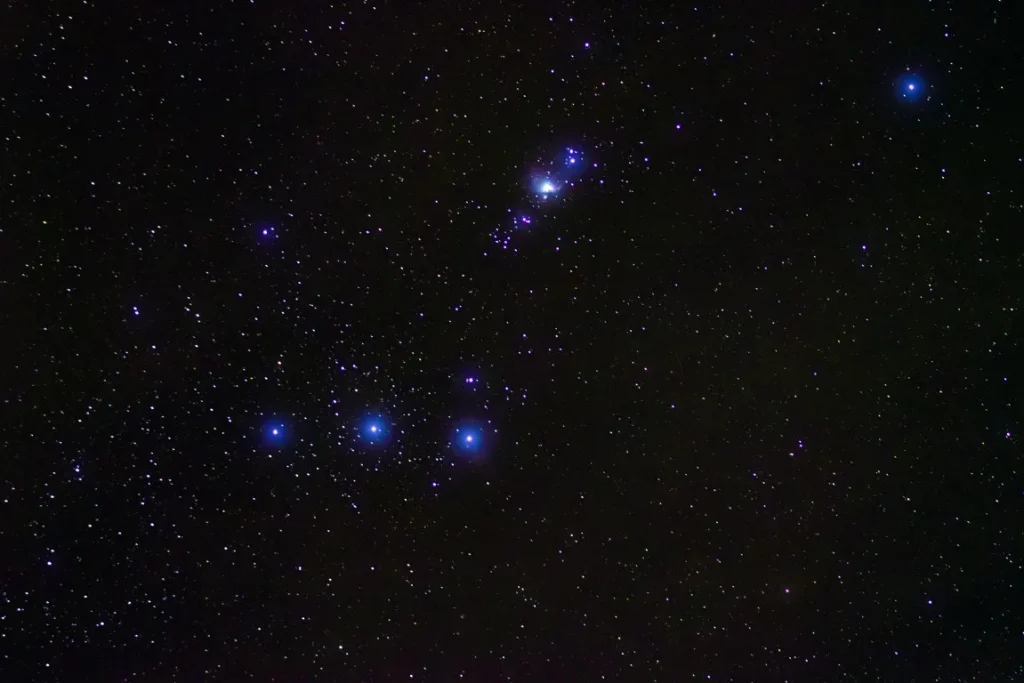
- Orion in January; Cygnus in summer; Leo in early spring; Auriga & Taurus in fall are some of the best-known constellations to look for.
- Ensure that your phone is securely held in place.
- Are using a remote camera lead or a delay timer program to open and close the camera shutters.
- Set infinity focus, a high ISO, and an exposure time of at least one second using a manual control app.
- Levels may be altered in a picture editor by dragging the slider to the white point to make it seem blacker. In some instances, the brighter starting observed during the photo may be shown in this manner.
Editing Your Sky Photos Using Phone
- Choose Sky Replacement from the edit menu. Depending on your selections, a mask is applied to the original image’s sky to see the new sky.
- Use the sky and foreground/background color-blending sliders to achieve a seamless appearance.
Watch this video to getting more about editing.
Can You Photograph The Milky Way With A Smartphone?
The Milky Way may be photographed with a smartphone on a clear night whenever the stars are at their brightest.
If you want to see the Milky Way, use a smartphone app to find it and use a long shutter speed. You’ll also want a solid tripod and a wireless remote shutter.
How To Take Night Sky Photos With Android
- · You may increase the shutter of your phone’s camera to eight seconds, 10 seconds, or more.
- Make sure your images aren’t bleached out by using a longer shutter speed to catch more light.
- When photographing in low light, increase the ISO to 400-800. Now press the shutter button to take a picture.
How To Take Night Sky Photos With Samsung
- You don’t need much more than a clear night sky to start your creative juices flowing and improve your night photography. The Galaxy S21 Ultra can take stunning photos of the night sky, and here are four simple steps to get you started.
- Turning up Pro Mode on the Galaxy S21 Ultra will allow you to manually change the ISO, shutter speed, and other parameters for each photo you take. Use a slow camera speed to catch enough light for the best results.
- Set the white balancing between 3500K – 4500K (most likely around 4300K), but the best setting for your photo will depend on the location and the lighting conditions in the surrounding area.
- Adjust the ISO setting until the viewfinder on your screen is precisely what you want.
How To Take Astrophotography With iPhone
- Go to the Camera app on your phone and take some pictures.
- Night Light will be activated in low-light conditions.
- In the top corner of your screen, tap the moon symbol.
- To fine-tune your exposure, move the slider to the desired setting.
- A remote shutter may be used to capture your picture.
Astrophotography With Smartphone And Telescope
- Similar applications may be found for Android devices as well. Attaching the phone to optical equipment, such as spotting scopes, binoculars, or a telescope, are the next step in smartphone astrophotography.
- You may capture a picture of the Moon using your phone’s camera held over the eyepiece.
Conclusion
Look at these incredible night-sky photographs taken using Smartphone cameras. However, which of our top-rated phones for astrophotography photography is appropriate for you?
Smartphone’s such as the Samsung S21 Ultra and I phone x 13 Pro Max may produce high-quality photos. The cameras on these smart phones are excellent, and they offer some excellent nighttime options.
Justin Parker is a professional photographer and has been in the industry since 2007. He attended the University of Georgia. Justin combines his passion for photography and his interest in writing to give life to this blog which talks about photography in order to help and inspire young photographers.

